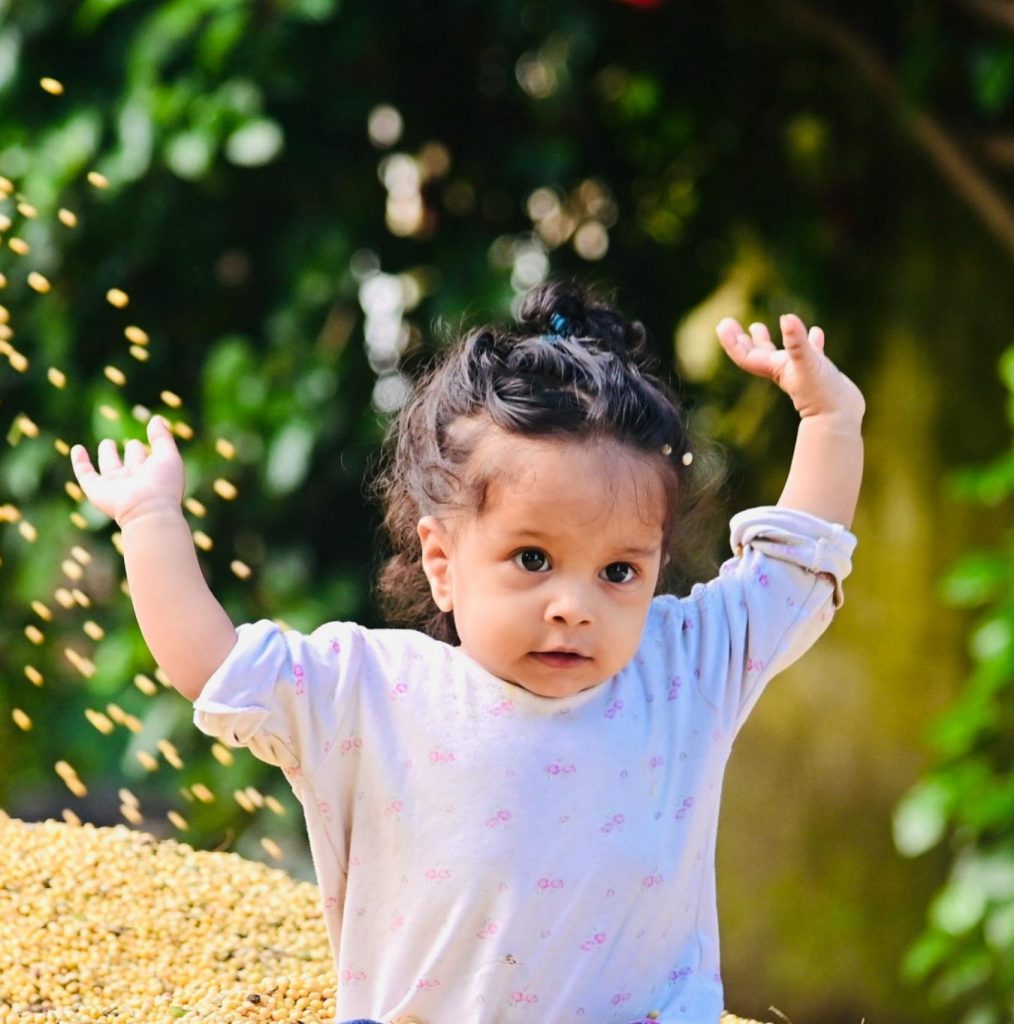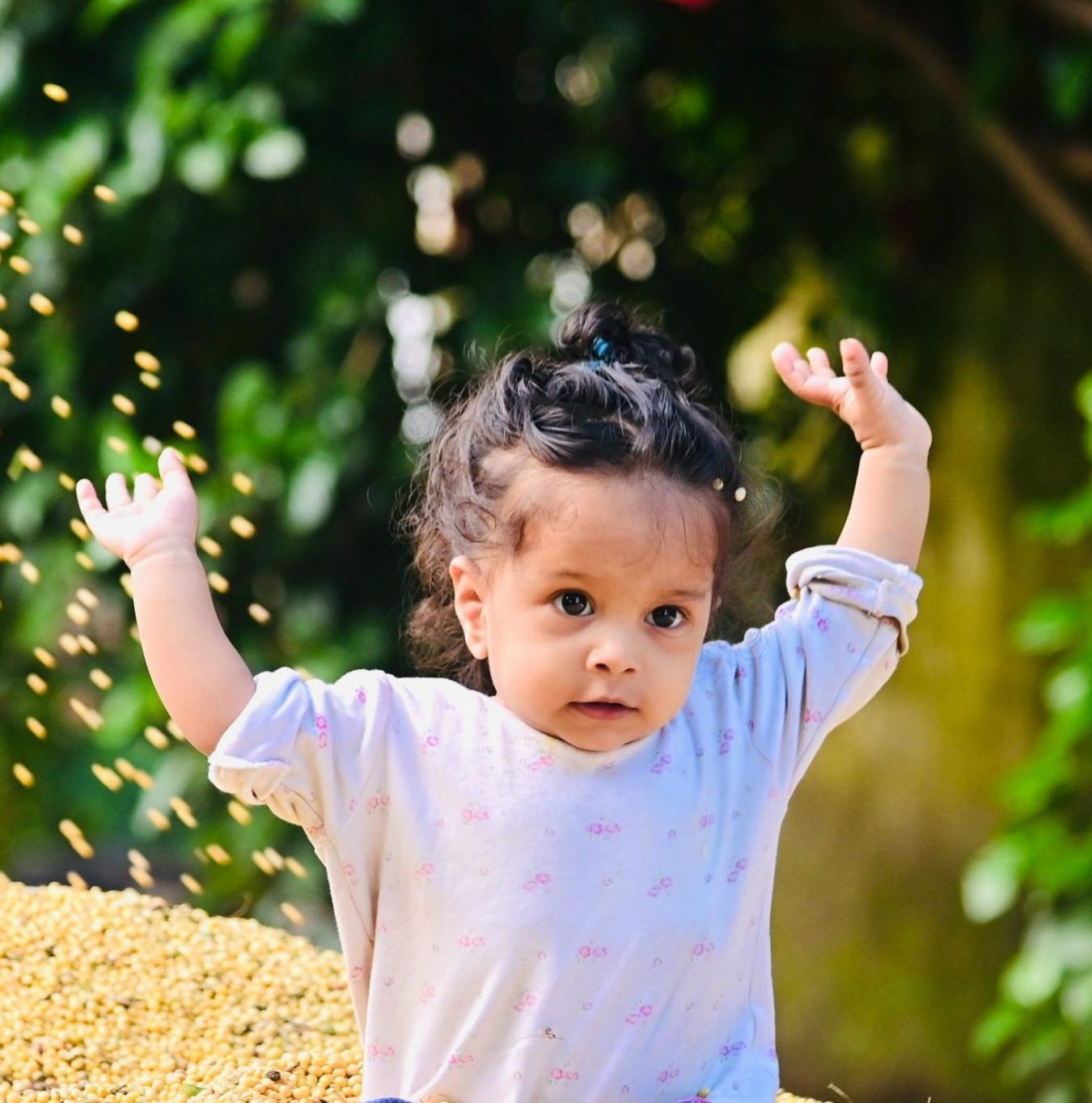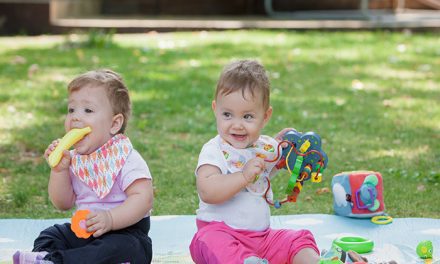Hand flapping is something fairly common with toddlers or preschoolers. Children usually demonstrate hand flapping when in an emotionally heightened state. But the main reason parents get concerned when they see their kid flapping their hands is because it is a sign of autism. Our guide to hand flapping in kids should help you better understand this behavior.
What Is Hand Flapping In Children?
Hand flapping looks like the child is waving their hands in a rapid motion. The child’s entire arm moves while staying bent at the elbow, with the wrists flicking back and forth due to the motion. You can relate more if you’ve seen a baby bird trying to fly for the first time. Toddlers will take to hand flapping when they’re anxious, excited, and even upset.
Children suffering from autism flap their hands as self-stimulatory behavior also called ‘stims’. Other such behaviors occasionally seen in kids with autism comprise spinning and rocking. These behaviors tend to help autistic children calm themselves or regulate their emotional states. It can be extremely hard to divert an autistic kid away from their self-stimulatory behavior.

Knowing when hand flapping is normal and when it is a sign of autism is an important part of a parent’s job.
When Does Hand Flapping Signify Autism?
Remember, just because your little one is flapping or performing any other self-stimulatory behaviors, it doesn’t always denote that they have autism. Children who are in the developing stage sometimes perform self-stimulating behaviors. It can appear in all children, usually for a few months before it disappears. Ideally, a child should outgrow hand flapping by their second or third birthday.
Your baby just flapping their hands doesn’t have to be worrisome. But certain other behaviors accompanied with hand flapping make for possible red flags:
- Your child does not respond to their name by 12 months
- He/she tries to avoid any eye-contact
- Preferring to play alone rather than with other children
- Not sharing interests with others
- Only interacting to achieve a wanted goal
- Has flat or blunted facial expressions
- Doesn’t understand any boundaries relating to personal space
- They have trouble understanding and responding to other people’s feelings or talking about their own
In addition to the above-mentioned behaviors, many children with Autism Spectrum Disorder have bizarre interests or behaviors. Some of these are:
- Lining up toys or other personal objects
- Playing with toys the exact same way each time
- Likes parts of objects (e.g., wheels)
- Is extremely organized
- Gets upset even by little changes
- Has obsessive interests
- Along with flapping hands, they rock back and forth or spin around in circular motions
If your kid shows any of these behaviors, you should definitely get in touch with a pediatrician.
Conclusion
Your little one will exhibit a lot of behaviors that can seem worrying as they grow – this is just their way of exploring themselves and the world around them. You as a parent just need to keep yourselves informed and know when to talk to a pediatrician about any worrying behavior.
FAQs On Hand Flapping
Is Hand Flapping Normal?
Yes, flapping hands is normal behavior, but only if your child outgrows it by 2-3 years of age. If it is accompanied with other worrying behaviors such as not making eye contact, lining up toys, not responding to their name, etc.
What Age Should Hand Flapping Stop?
Hand flapping should stop by the age of two or three. It is usually a sign of excitement, nervousness or irritability in toddlers.
What Causes Flapping Of Hands?
Flapping hands is normal behavior exhibited by toddlers under the age of 3. Usually, toddlers will flap their hands when they’re stimulated by something and are either happy, excited, angry or anxious. In the case of autistic children, it is one of the self-stimulating or stimming behaviors that help them regulate their emotions.
What Does Hand Stimming Look Like?
Hand stimming can look like specific, repeated hand and finger mannerisms, like finger-flicking, hand-flapping, and tapping or banging the hands against something.







amazing
Nice blog
Great information, would love to share this with my mommy friends!
This really answered my problem, thank you!